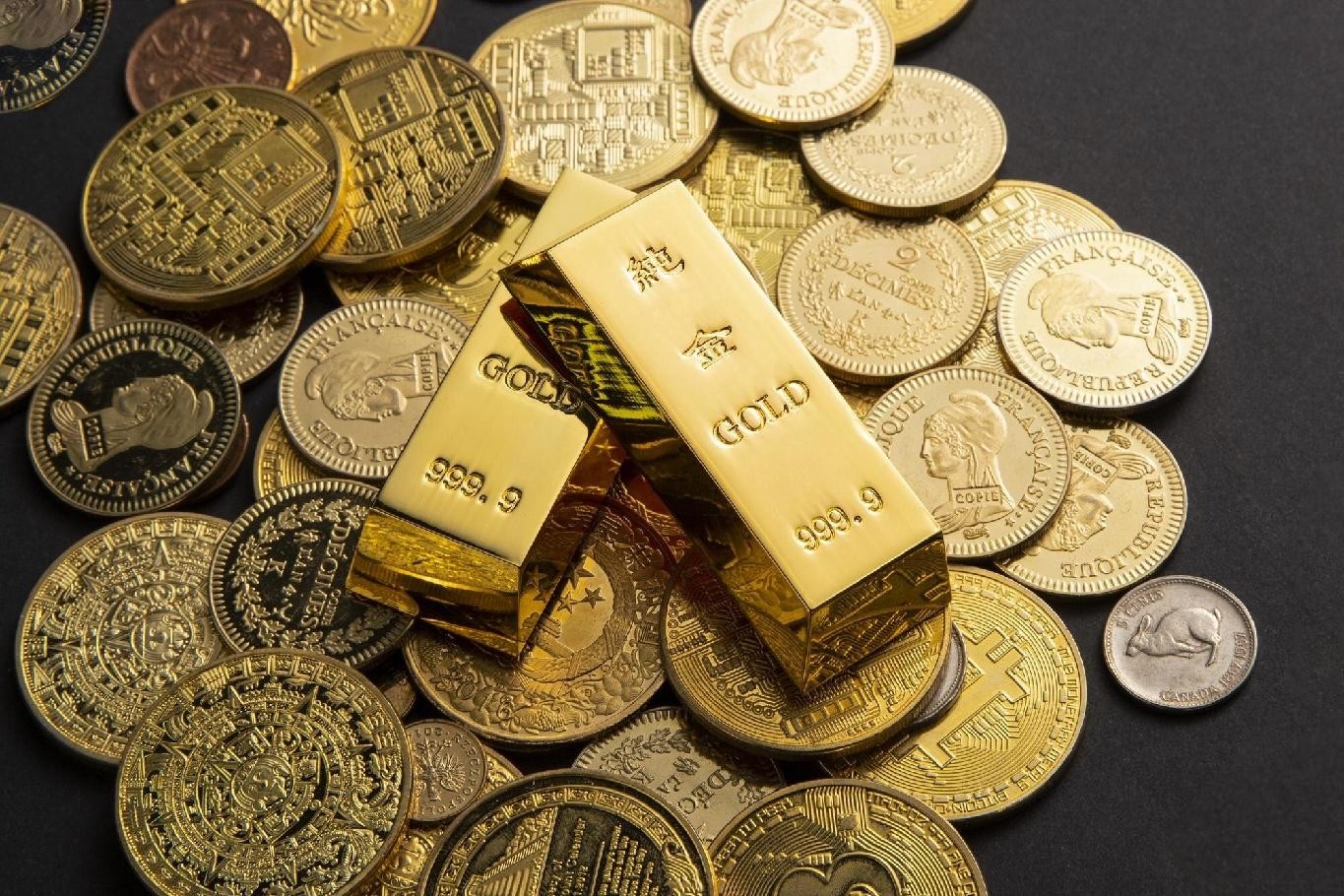
India’s organized gold loan market is expected to double in the next five years, reaching approximately $169.07 billion, with a compound annual growth rate (CAGR) of 14.85%, according to PwC India’s report, *Striking Gold: The Rise of India’s Gold Loan Market*. In fiscal 2023-24, the market saw substantial growth, valued at $84.59 billion. Indian households hold around 25,000 tonnes of gold, worth about $1.50 trillion. Despite this growth, the sector might experience slowed expansion due to stricter regulations on loan-to-value (LTV) ratios and auction processes, along with the absence of the second-largest market player in FY25.
The Reserve Bank of India’s advisory, which limits cash disbursement to $238.29, could push customers towards the unorganized sector. Increased scrutiny and fintech evaluation challenges have led to a decline in the share prices of major non-banking financial companies (NBFCs). As gold prices rise, lenders are likely to adopt more cautious lending practices to prevent LTV breaches. Banks and NBFCs will play a crucial role in shaping market growth, with digital gold loan aggregators essential for reaching tech-savvy customers. Mr. Jaikrishnan G from PwC India noted that gold lending remains attractive due to its high return on assets and manageable risk, with NBFCs expanding into new regions and fintechs driving innovation. South India dominates the market with a 79.1% share of outstanding loans. However, not all of the $1.50 trillion in gold will be available for pledging due to factors like religious and emotional considerations.


